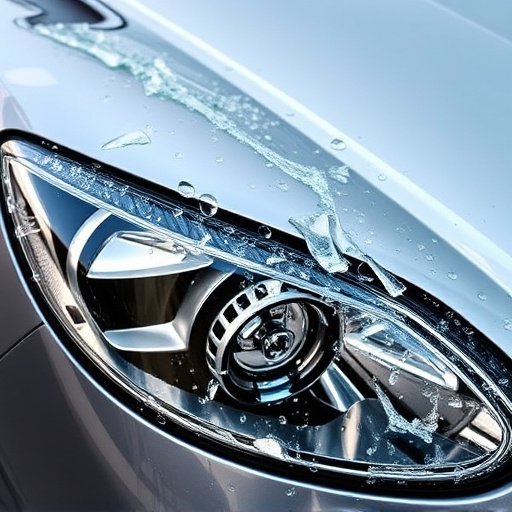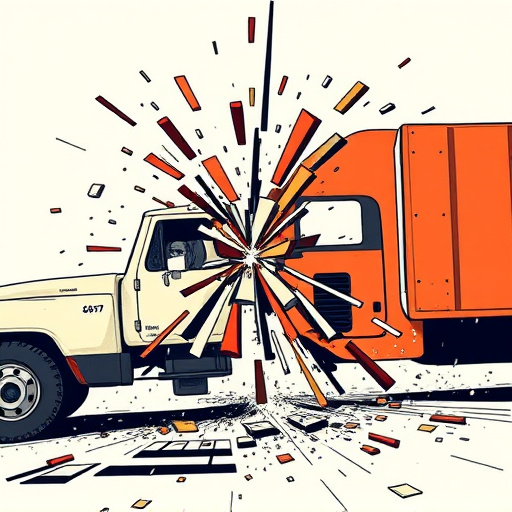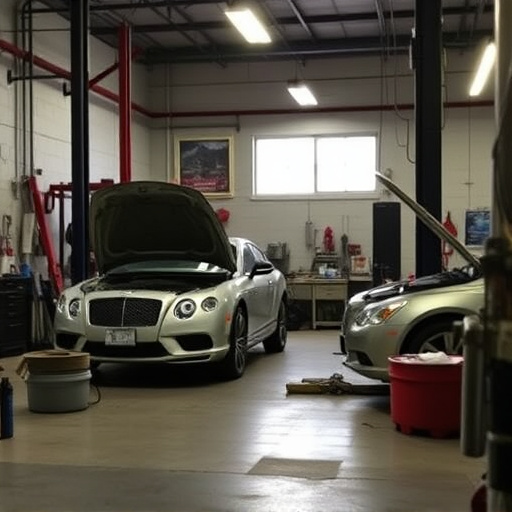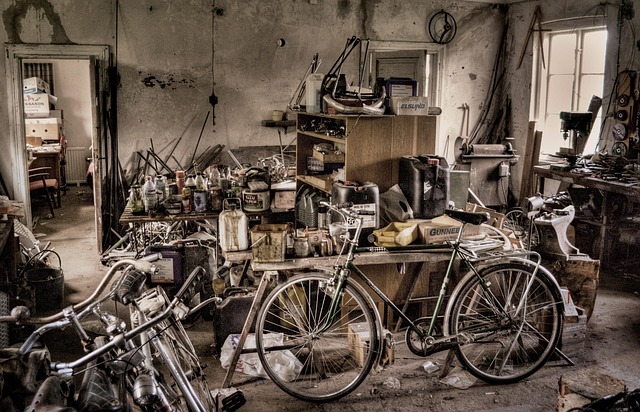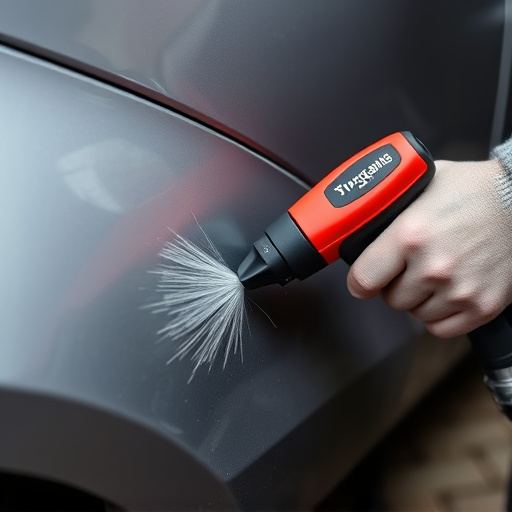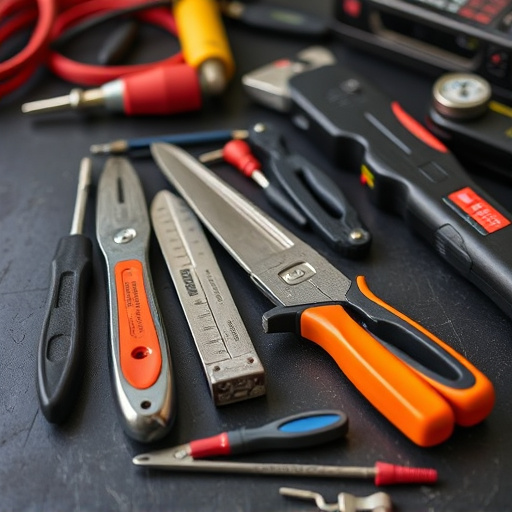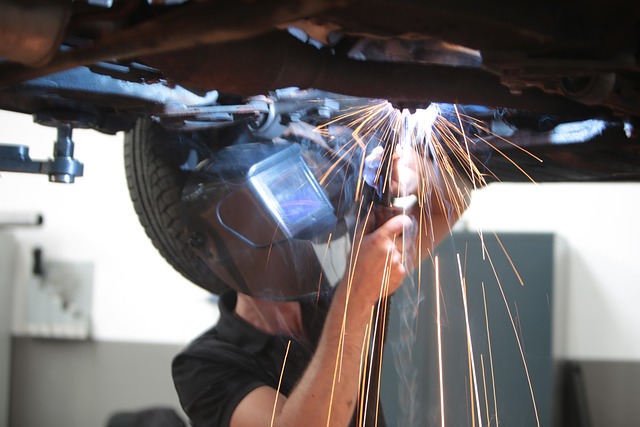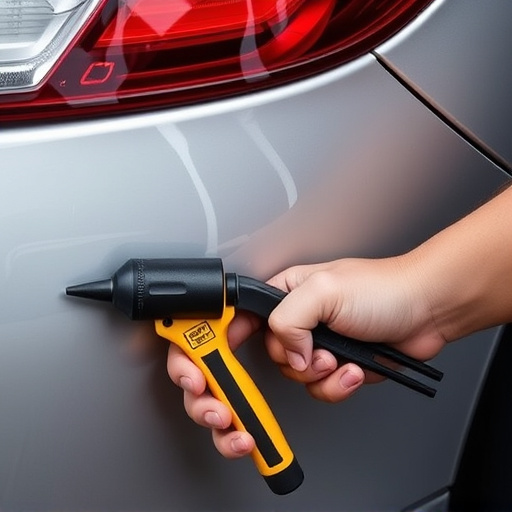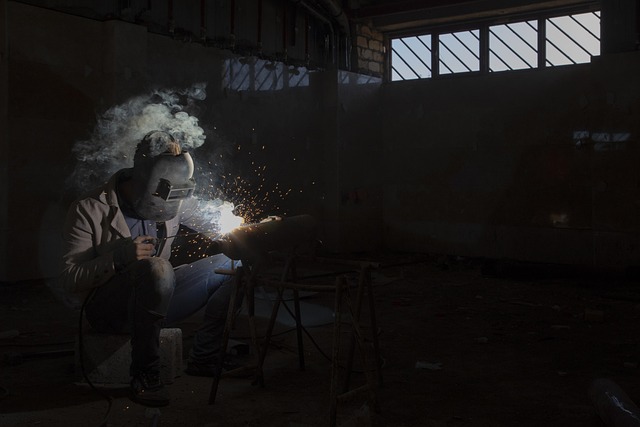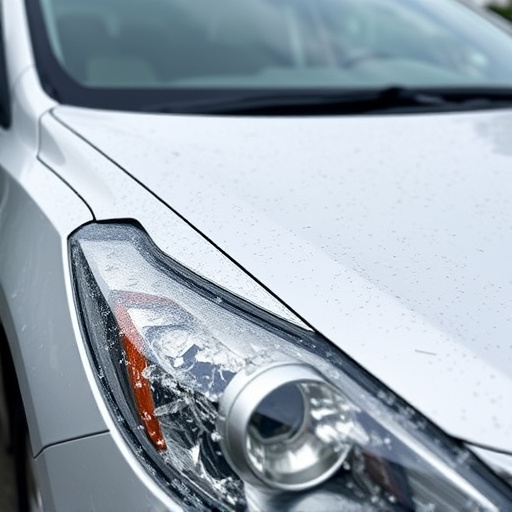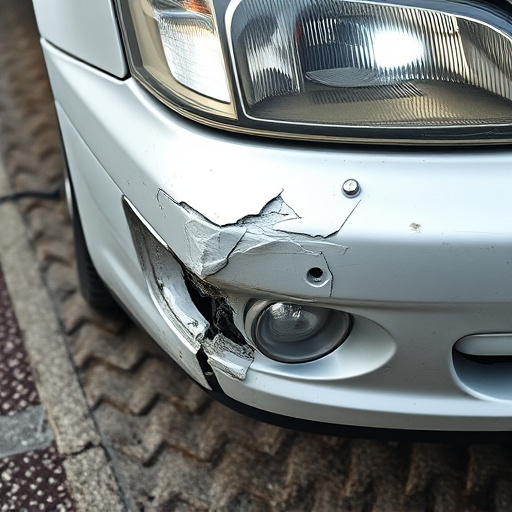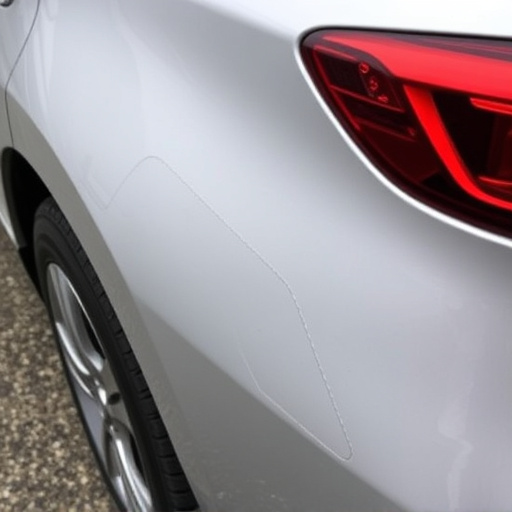In cases of headliner repair collisions, both owners and collision centers must adhere to local and national legal requirements and automotive safety standards for structural integrity and passenger safety. Specialized collision centers use advanced technologies and trained professionals to accurately assess and meticulously repair headliners and structural frameworks, ensuring legal compliance, safety, and aesthetic preservation. Maintaining detailed records, including photos and notes on repair process steps, parts used, and labor costs, is crucial for progress tracking, verification, dispute resolution, and legal proceedings related to headliner repair collisions.
Headliner repair, often an overlooked aspect of vehicle restoration, plays a crucial role in ensuring legal compliance for collision centers. With strict regulations governing safety standards, understanding the legal requirements for headliner repair is essential. This article explores these guidelines, highlighting the significance of collision centers adhering to them. We’ll delve into best practices for documentation and record-keeping, ensuring that headliner repairs meet not just industry standards but also legal mandates.
- Understanding Legal Requirements for Headliner Repair
- The Role of Collision Centers in Ensuring Compliance
- Best Practices for Documenting and Maintaining Records
Understanding Legal Requirements for Headliner Repair
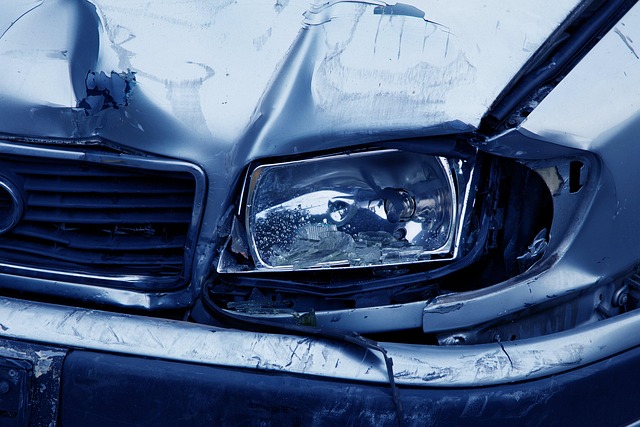
In the event of a headliner repair collision, understanding the legal requirements is paramount for both vehicle owners and collision centers. Different jurisdictions have varying regulations regarding automotive safety standards, including those related to headliners. These laws mandate that repairs be conducted using specific techniques and materials to ensure structural integrity and passenger safety. Failure to adhere to these guidelines can lead to legal repercussions and compromise the overall quality of auto body restoration.
Collision centers specializing in headliner repair collision services must stay updated on local and national standards, such as those set by transportation authorities or industry associations. This includes using approved replacement parts, following manufacturer recommendations, and employing skilled technicians to perform body shop services accurately. By adhering to these legal requirements, collision centers not only ensure compliance but also contribute to maintaining the safety and reliability of vehicles on the road.
The Role of Collision Centers in Ensuring Compliance
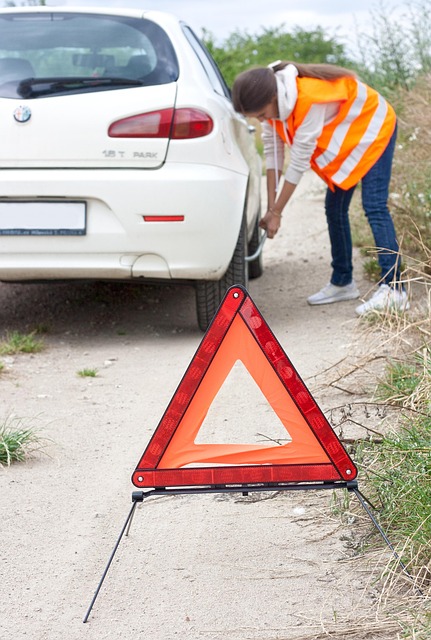
Collision centers play a pivotal role in ensuring legal compliance when it comes to headliner repair collision cases. These facilities are equipped with trained professionals and state-of-the-art equipment to accurately assess, document, and rectify any damage to a vehicle’s interior, including its headliners. Proper documentation is crucial; technicians meticulously record all repairs, ensuring transparency and adherence to industry standards. This meticulous process is vital for legal protection and to provide irrefutable evidence of the restoration process.
Furthermore, collision centers specializing in headliner repair collision often integrate advanced technologies that facilitate precise auto frame repair and car bodywork restoration. They employ techniques like computer-aided design (CAD) and laser measurement systems to ensure accurate alignment and seamless integration during repairs. This level of precision not only guarantees the safety and structural integrity of the vehicle but also helps maintain its original aesthetic appeal, addressing concerns related to car scratch repair that may have occurred during the collision.
Best Practices for Documenting and Maintaining Records
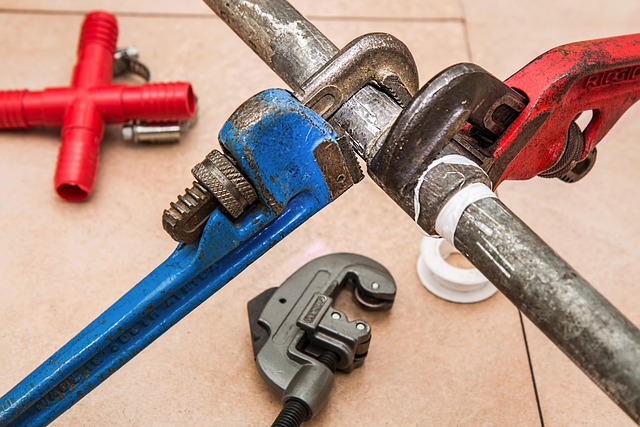
Maintaining accurate records is paramount in the automotive industry, especially when dealing with headliner repair collision cases. Best practices involve documenting every step of the repair process, from initial assessment to final inspection. This includes taking detailed photos of the damaged headliner and surrounding areas, noting specific issues, and recording all parts and labor used. Comprehensive documentation ensures that the car body shop can track progress, verify repairs, and provide transparent records for legal purposes.
Regular record-keeping also involves storing these documents securely and ensuring their accessibility. Digital systems or well-organized physical files can help automotive body shops quickly retrieve information when needed. This meticulous approach not only supports legal compliance but also facilitates effective communication with clients, insurance companies, and legal professionals, especially in complex cases where detailed records are crucial for dispute resolution or as evidence in legal proceedings involving vehicle dent repair.
Headliner repair collision services play a vital role in maintaining legal compliance for vehicle repairs. By understanding the specific requirements, collision centers can ensure their work meets industry standards and regulations. This involves documenting every step of the repair process meticulously, from assessment to completion, to protect both the business and its clients. Adhering to best practices not only guarantees quality but also fosters trust and transparency, making headliner repair collision services a reliable and essential component in the automotive industry.


